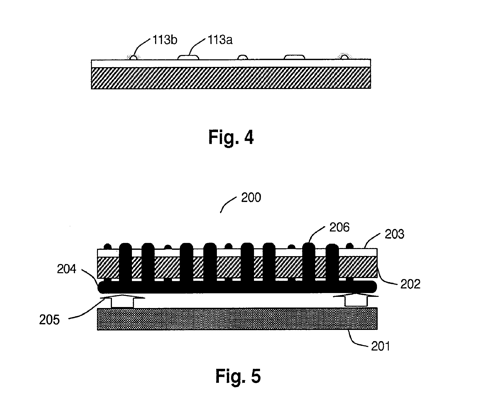
Apple has recently patented “Keystroke tactility arrangement on a smooth touch surface,” and it has many thinking that Apple is currently hard at work on making the touchscreen typing experience better. If you own an iPhone, then you know that the software keyboard on that device is one of the best in the market, but there are still people out there who prefer to have a physical keyboard under their thumbs as they type. The argument about hardware versus software in the keyboard department is an on-going one, and it probably doesn’t have an end any time soon. But if these newly awarded patent ideas come into fruition, Apple may be one step closer in trying to make the arguments settle on one side, rather than another.
And while the four awarded patents may suggest more of a touchscreen input as far as computers go, they made me start thinking about the iPhone, and any other touchscreen device that has a keyboard to be typed on. I used to be a big fan of hardware keyboards, and in fact sometimes preferred them – especially when it came to devices like a BlackBerry. But, through the usage of more software keyboards, I’ve grown partial to them. I do understand why some people want the physical buttons, though: the tactile feedback provided with each keystroke is comforting, knowing that you’ve pressed a key.
Touchscreen devices have something like tactile feedback, called haptic feedback. It sends a vibration to your finger each time you select a letter on the keyboard. There are also audio cues, too: turn on keyboard typing sounds, and you’ve got yourself a “tap” every time you press a letter. But, this only goes so far. For some, if not many people, missing that feedback and physical “click” of a hard key slows them down, and they have to check which letters they are pressing.
There have been attempts at fixing the tactile “missing feature” in a touchscreen device. Namely, Research In Motion’s BlackBerry Storm and Storm 2 devices used a screen that actually “clicked” when you pressed down to activate an option, or when you were typing. This press had to be done to actually type in a letter. It may not have been as good as a physical keyboard, but it was a valiant effort nevertheless. In Apple’s case, the Cupertino-based company is looking at several different options. The most intriguing one, though, would be the usage of a frame that goes underneath the touchscreen, which would allow the user to press the key, while the touchscreen would remain flat. It does sound reminiscent of the Storm series, though.
On my touchscreen devices, I don’t use haptic feedback. Reason being, I actually think that if you’re typing fast enough, the vibrating indicator will actually cause some lag between key presses, and that’s not good at all. I do use the audio cue, though, and I find that works really well. I don’t look at the keyboard for the most part when I type, and with each audio “click” that I get from a key press helps a lot. However, I think if Apple (or any other company for that matter) could figure out a new and helpful way to incorporate an actual tactile feedback effect in a touchscreen device, it could be something that many people incorporate into their lives. (Meaning, they buy the device.)
Do you prefer a hardware keyboard, rather than a software ‘board? Or are you someone who likes the touchscreen enough not to worry about a physical keyboard? Let me know in the comments if you’d pick up a touchscreen device that offered up tactile feedback, or if it’s a feature you’re not interested in.